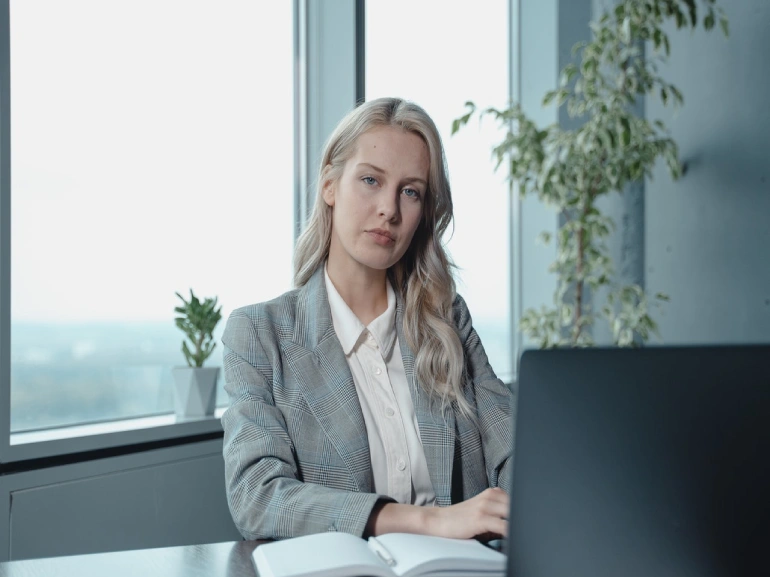If you are a business owner and intend to ask all or some of your employees to return to the office, you must first prepare the workplace for their health and safety. The Centers for Disease Control and Prevention has extensive guidelines for commercial workspaces, especially with the advent of the Covid-19 Delta variant.
Building Temperature Control
Whether you decide to have your employees come back to the office in winter or summer, you must check whether your building is properly insulated. Commercial spray foam contractors can ensure that your building will not be drafty in cold weather or sweltering in hot weather. This is vital for the health of your employees. It will lower absenteeism and increase productivity. You will also save on your heating and cooling costs if your building has the right insulation.
Building Ventilation

Proper ventilation is necessary to dissipate the concentration of any Covid-19 virus particles in the air. Insulation will also help your flexibility in ensuring increased air ventilation. Whenever the weather allows it, and it is comfortable for building occupants, open as many windows as possible. With good insulation against summer heat, this might be possible on days that are not too hot.
Use exhaust fans near ceilings to pull hot air out of the indoor space. This will also result in pulling in more fresh air through the open windows. Even if no windows are open, there must be exhaust fans working in common areas like restrooms and cafeterias or pantries.
Calibrate the heating, ventilation, and air conditioning (HVAC) system to increase the airflow throughout the building. Ensure that the filters are working properly and are changed regularly. Deactivate the demand-controlled ventilation (DCV) so that the fans are always on. Two hours before the building is occupied and two hours after most occupants have left, run the HVAC system at the highest level of outside air inflow.
Add portable air cleaners using high-efficiency particulate air (HEPA) filters in areas with more occupants. You can add further air disinfection by installing ultraviolet germicidal irradiation (UVGI) devices on upper walls or ceilings. Consult a specialist to ensure that the right number of devices are installed to be effective, but not too many to produce harmful UV rays. There are also UVGI systems that are installed in HVAC systems.
Building Cleaning and Disinfection
Ensure that your janitorial services are aware of the proper pandemic protocols for cleaning and disinfecting indoor public areas. Check whether the products they use are safe and properly protected, especially when handling trash.
These might contain items like food wrappers or tissues that have been in contact with people’s mouths and noses. Remind them to give special attention to areas that are most touched, such as doorknobs, door handles, and security panels that employees use to enter the workplace.
Masks and Physical Distancing
Implement the use of masks and physical distancing in the workplace. Change the layout of desks so that they are six feet away from each other. If half of the workforce is working from home, this can be easily done since half of the desks can be removed. If all employees are returning to the office, install glass or acrylic partitions between desks.
The same distancing must be kept in the cafeteria or pantry. If it is feasible, provide an outdoor area for meals and coffee breaks. This is safer since employees will have to remove their masks to eat and drink.
Employee Vaccination
Employers with more than 100 employees are now required by federal law to ask for proof of full vaccination from employees returning to the office. For those exempted due to health or religious reasons, the company can offer the option of remote work or getting themselves tested weekly if they wish to work in the office. Even if you have fewer employees, you can also apply this.
If you implement this policy, inform your employees long before the scheduled return to the office so that they have time to get full vaccination. Provide support, such as information on where they can get vaccinated.
Scheduling the Return
Even with all these preparations in place, you must first check on the transmission level of Covid-19 in your area before deciding on the specific date your employees will return to the office. There are cases of people who have full vaccination but still got infected, although not as seriously. Still, this will cause absences and work disruption.
Also, before making any plans, it is best to ask your employees how many want to return to work full-time, how many want to continue working from home, and how many want a hybrid arrangement. After all, their preferences might not reflect the same figures as other surveys. This will determine much of the changes you need to do in the office.



